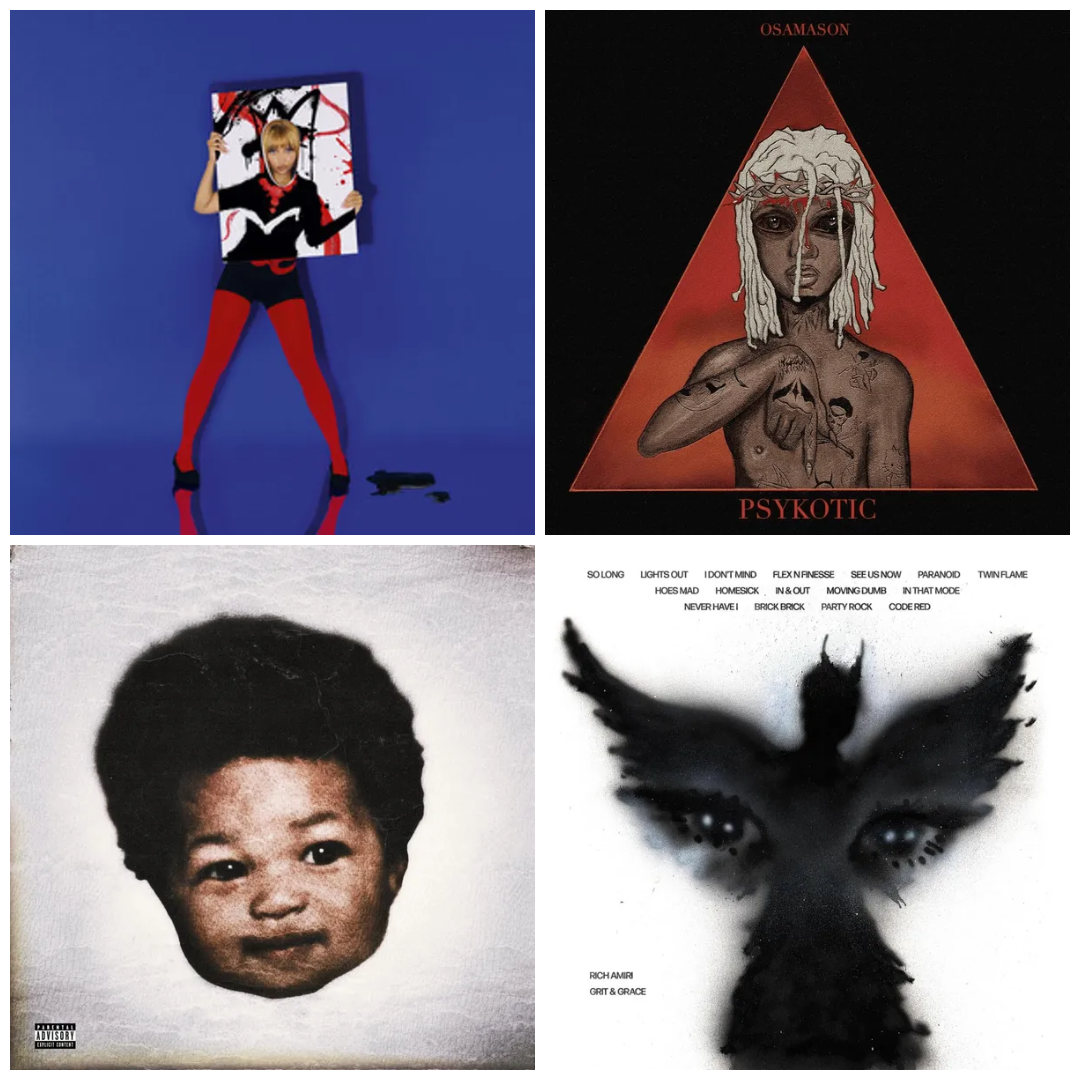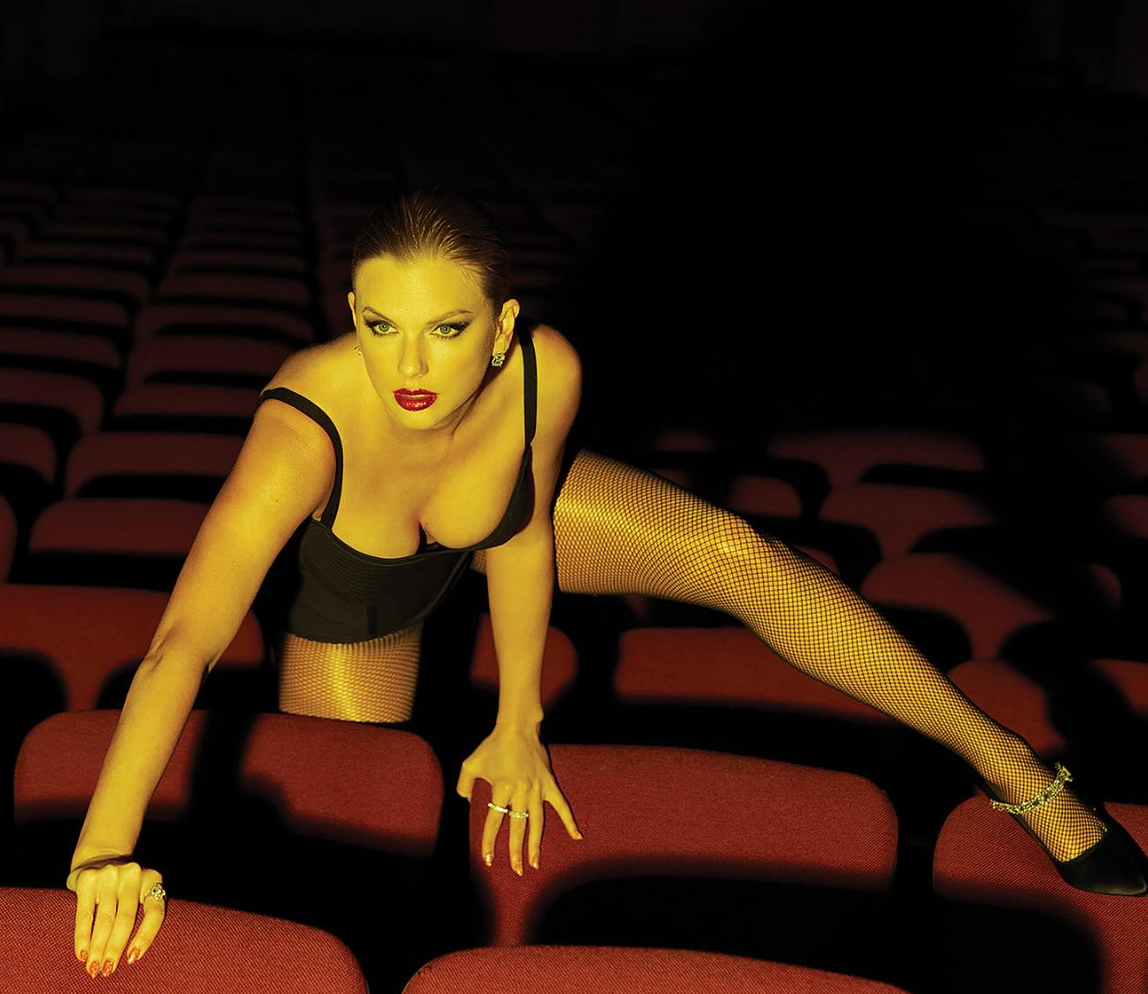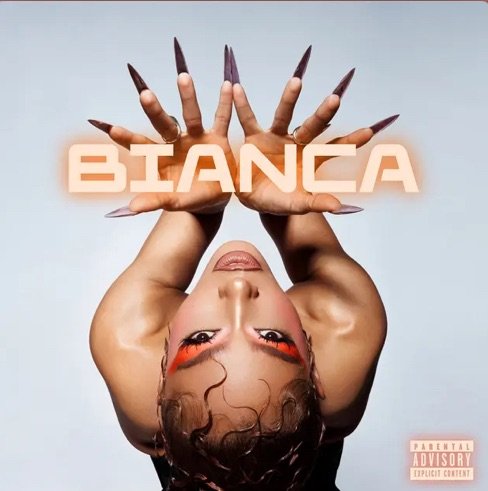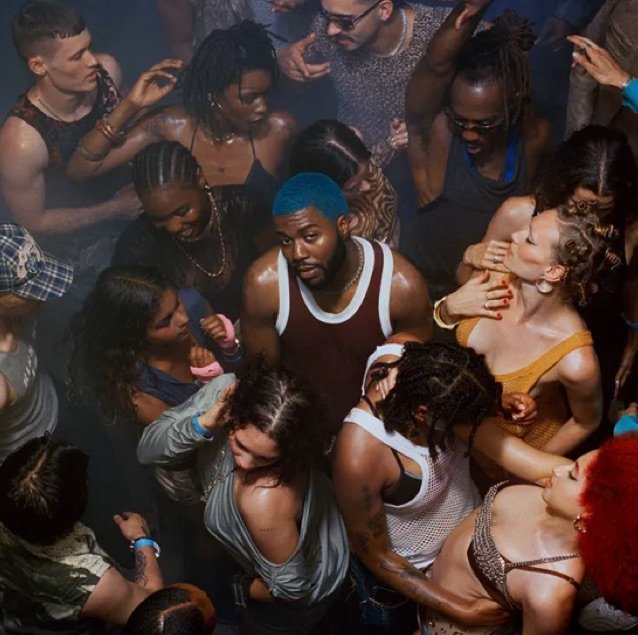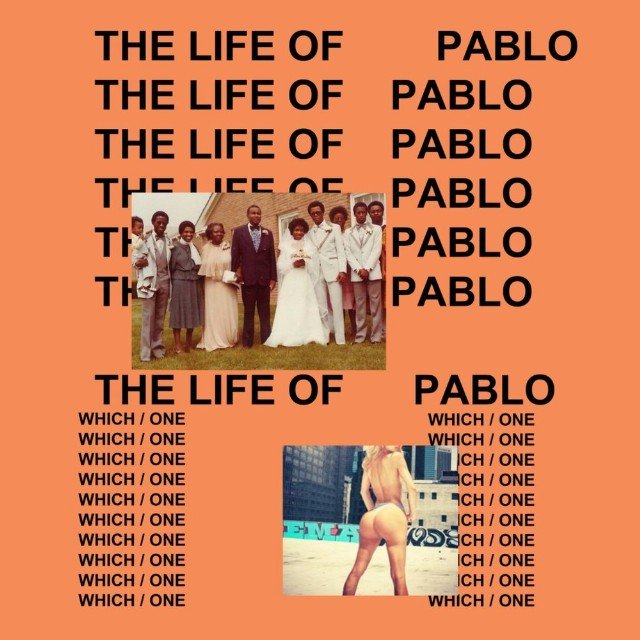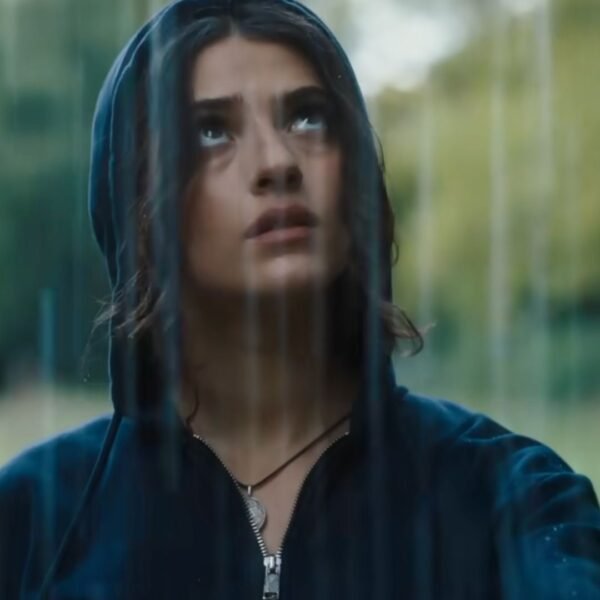
A few weeks after The Minecraft Movie delivered one of the biggest opening weekends ever for a video game adaptation—and just a week after Sinners shattered records for an R-rated horror debut—what better time to drop Until Dawn, an R-rated horror video game adaptation? On paper, the timing seems perfect. In practice, however, the long-gestating project feels woefully behind the times. Written by Gary Dauberman and Blair Butler and directed by David F. Sandberg, the film brings together creatives with deep ties to The Conjuring universe—and it shows. While that franchise started off with genuine promise, it has since devolved into a series of overcooked spook-fests where the scares dictate the story, rather than serve it. Unfortunately, Until Dawn falls into the exact same trap.
The Meta Approach is Muddied
The film is less a true adaptation of the video game source material and more of a quasi-sidequel that attempts to mimic the experience of actually playing the game. While that’s an admirably ambitious and meta approach, it’s far less thrilling in practice than it initially sounds. The movie aims for something akin to Drew Goddard’s The Cabin in the Woods—a film that masterfully balances insightful genre commentary with a clear love for horror—but it falls short at nearly every turn.
The central gimmick revolves around a group of stranded teenagers reliving the same night repeatedly, with each iteration introducing new terrors. Pre-release publicity suggested that this structure would allow the film to explore various horror niches and subgenres. But in reality, the movie doesn’t deliver on that promise. Each “new” night ends up feeling eerily similar. In theory, mixing in a masked killer, a witch, a wendigo, and a giant monster should inject some variety and excitement. In execution, however, the film treats all of these threats in the same dull, predictable manner. They might as well all be random masked killers, as none of the high-concept horror elements are explored in unique or memorable ways.
It’s Exhausting
This leads to a larger issue with the film: it becomes obscenely repetitive. While some repetition is expected in a Groundhog Day-esque story, films like Groundhog Day or Happy Death Day use it strategically—to establish a status quo they can later subvert, or to build toward a satisfying payoff. Until Dawn, unfortunately, just throws the same beats at you over and over again, to the point that it all feels worn out. By the time the cluttered, messy, and confounding climax arrives, I was completely numb to it.
The film’s central conceit allows its characters to die multiple times, but after the second or third go-round, the concept grows incredibly monotonous. At one point in the second act, a character remarks that they hope, in real life, you only get one shot at it because “it makes it feel more important.” I’m not sure a character has ever delivered such a valid criticism of their own film before. By the end, as the movie tries desperately to convince you that this time the stakes are real, it all falls flat.
The Characters Are (Mostly) Paper-Thin
In actuality, I think many of Until Dawn’s flaws would be far easier to forgive if its characters actually functioned. The one character who does receive the attention and care they deserve—protagonist Clover, played by Ella Rubin—is easily the film’s strongest element. David F. Sandberg is a truly talented filmmaker (check out his YouTube channel to see the amazing things he can pull off with a crew of one), and when the film focuses on Clover’s story, he manages to lace it with potent and powerful thematic imagery. The often blunt writing doesn’t do anyone any favors, but there’s a clear synchrony between Rubin’s performance and Sandberg’s direction that works—especially in the film’s final shot.
That said, none of the other characters receive even a fraction of the same attention. Each is essentially defined by a single trait. Unlike Clover, they don’t grow, learn, or evolve over the course of the story. In fact, their motivations often feel contradictory from one scene to the next, making the entire experience feel even more needlessly rote.
One Scene That Defines the Film
There’s a scene that takes place on the third night of the character’s repetitive journey that plays like a potent encapsulation of the experience of watching the film as a whole. As the characters sit around the bathroom attempting to figure out what to do, they all drink from the same glass of water. Then, moments later, mid-conversation, the first character who sipped from the cup suddenly explodes in a mess of gory practical effects and splattered blood. It’s shocking, invigorating, and incredibly well-staged. It’s a great moment.
And then it happens to the next person, and the next, and the next—in pretty much the exact same fashion. But by the time you reach the third or fourth one, the impact has worn off entirely, and this incredible bit of practical effects work just plays like white noise.
Sadly, that’s essentially how the film feels: an occasional burst of energy from a new idea that then gets diluted to its dullest version and thrown at the audience ad nauseam for the remainder of the film.
RGM GRADE
(C-)
I certainly didn’t hate Until Dawn, and I thought there was some great craft put into it. But I found the overall film to be very disappointing.
Discover more from RATINGS GAME MUSIC
Subscribe to get the latest posts sent to your email.


